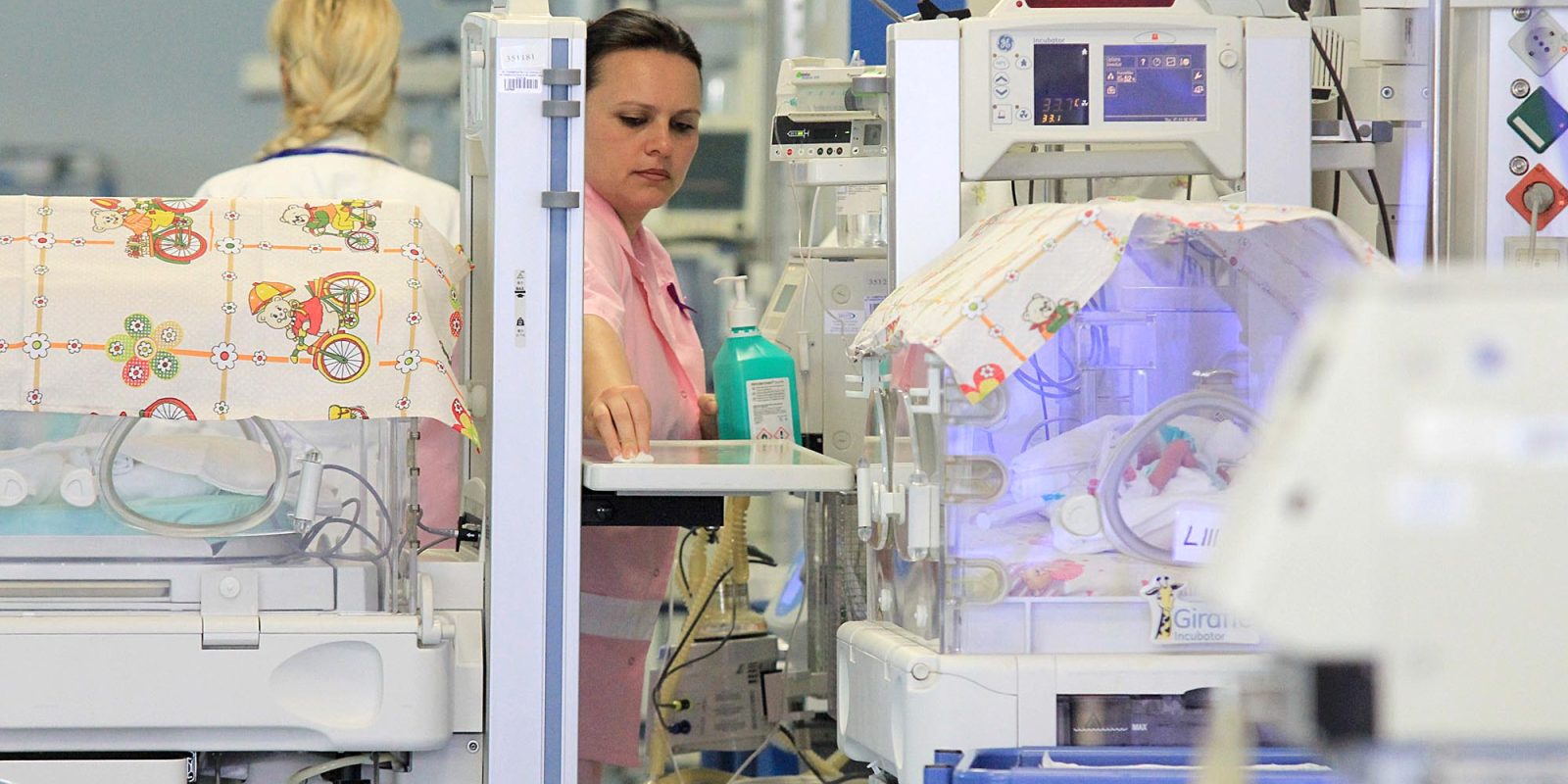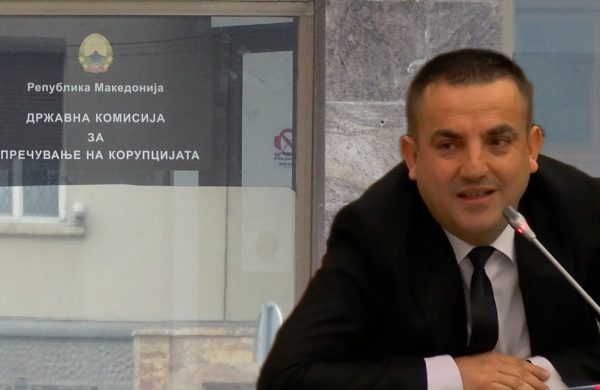In June 2016, matured and unsettled debts of public health institutions in the country amounted to total of 3.13 billion MKD, i.e. 50.9 million EUR. Data from the Health Insurance Fund, processed by the Center for Civil Communications, show that the debt of state health institutions in June this year has increased by 118.2%, i.e. have been more than doubled compared to their level in December 2011. When compared to the situation at the end of last year, total debts have been decreased by insignificant 1.18%.
An amount of 1.28 billion MKD (20.9 million EUR) or 41%of the overall debt of public health institutions also includes mutual receivables of health institutions on the basis of services performed, while the biggest portion of other debts are actually liabilities towards private companies, i.e. suppliers of medicines and medical material.
Database developed by the Center for Civil Communications provides detailed overview of all unsettled liabilities per individual institution, in the period December 2011 – June 2016.
The biggest debtor among state hospitals and clinics is the Institute for Transfusion Medicine, with matured debt in the amount of 275.8 million MKD (4.5 million EUR) that accounts for 8.8% of total debt recorded in June.
Public health care institutions with biggest debts
*Sums are expressed in EUR
Second on the list – with debt in the amount of 246.6 million MKD (4 million EUR) which accounts for 7.9% of total debt – is PHI University Clinic of Traumatology, Orthopaedic Diseases, Anaesthesiology, Reanimation and Intensive Care and Emergency Centre – Skopje.
Next are City Hospital “8th September” – Skopje with unsettled debt in the amount of 191.3 million MKD (3.1 million EUR), which accounts for 6.1% of the total sum, then the Clinic of Surgery “St. Naum of Ohrid” – Skopje with debt of 174.7 million MKD (2.84 million EUR) or 5.6% of total debt, and the General Hospital Kumanovo with debt in the amount of 165.1 million EUR (2.7 million EUR) or 5.3% of the total debt.
Top 10 debtors among health care institutions in the public sector also include PHI University Clinic of Children Diseases – with matured and unsettled debt of 123 million MKD (2 million EUR), General Hospital Prilep – with debt in the amount of 122.8 million MKD (2 million EUR), Institute of Public Health of the Republic of Macedonia – with debt in the amount of 113.5 million MKD (1.8 million EUR), General Hospital Gostivar – with debt in the amount of 91.1 million MKD (1.5 million EUR), and PHI University Clinic of Nephrology which, by June this year, has failed to settle liabilities in total amount of 84.9 million MKD (1.4 million EUR).
It is interesting to note that the top 10 debtors among public health institutions together account for half of the total debt, i.e. 50.7%.
Public health institutions with biggest debt growth
*Sums are expressed in EUR
The biggest debt growth among public health institutions is noted with City Hospital “8th September” – Skopje which was debt-free in December 2011, but in June this year accumulated financial liabilities in the amount of 191.3 million MKD (3.1 million EUR). Next is the University Clinic of Children Diseases which did not have unsettled liabilities in December 2011, but by June 2016 has accumulated matured and unsettled debt in the amount of 123 million MKD (2 million EUR). In late 2011 no debts were recorded for the Special Hospital of Orthopaedics and Traumatology “St. Erasmus” – Ohrid, but in June 2016 their amount is around 84 million MKD (1.4 million EUR).
The group of ten health care institutions with biggest increase of their respective matured and unsettled liabilities is mainly comprised of institutions that did not have any debts in December 2011.
Only 29 from the total of 114 public health institutions have reduced their debt, while 8 health institutions managed to settle the full amount of their debts by June this year. Another 8 health institutions do not have any unsettled liabilities and were debt-free back in 2011.
Otherwise, non-payment of matured liabilities implies freezing of bank of accounts of relevant health institutions, but that does not block payment of salaries to employees, in particular due to introduction of treasury operations on the part of the Health Insurance Fund whereby salary payments are made from separate bank account. However, that brings under question the quality of public health care, i.e. timely procurement of medicines and medical material.
State health institutions have identified the reason behind their increasing debts in the small budgets they are awarded by the Health Insurance Fund.








